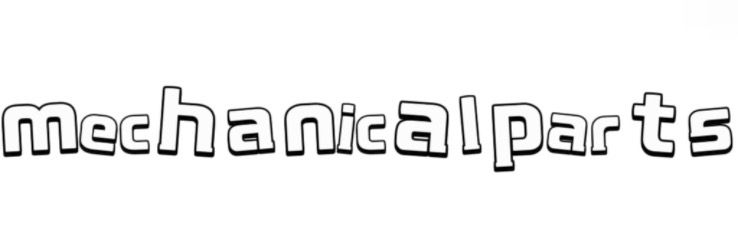Finned Tube Heat Transfer Efficiency: Air vs. Water Cooling
Understanding Finned Tube Heat Exchangers
Finned tube heat exchangers are critical components used in various industries, including HVAC, chemical processing, and power generation. They enhance heat transfer efficiency by increasing the surface area available for heat exchange. The fins act as extensions of the tube surface, allowing for better heat dissipation or absorption. The selection of the cooling medium—air or water—plays a significant role in determining the heat transfer efficiency of these systems.Air Cooling: Advantages and Limitations
Air cooling using finned tube heat exchangers is predominantly valued for its simplicity and low maintenance needs. The process relies on ambient air to absorb or dissipate heat, making it an environmentally friendly option. Air-cooled systems are versatile and can be installed in locations where water is scarce or impractical. However, the efficiency of air cooling can be hampered by several factors. The specific heat capacity of air is lower than that of water, which implies that air requires a larger volume to achieve the same cooling effect. Additionally, temperature differentials between the air and the substance to be cooled can influence performance. If the ambient temperature is high, the heat transfer efficiency can drop significantly. In humid conditions, the additional moisture can also lead to the formation of a boundary layer, reducing the system's efficiency further.Water Cooling: Enhanced Thermal Conductivity
Water cooling systems, on the other hand, are often preferred in high-capacity settings due to water's superior thermal conductivity. The high specific heat capacity allows water to absorb more heat with relatively smaller volumes, enhancing the overall heat transfer efficiency of finned tube designs. Water-cooled systems also offer more consistent performance across diverse operational conditions. With more effective heat transfer capability, these systems can operate efficiently even at higher heat loads. However, they do come with their own set of challenges. Water sourcing can be a critical concern, especially in areas facing water scarcity or strict regulatory policies regarding water usage. Additionally, water-cooled systems require continuous maintenance to prevent issues such as corrosion, scaling, or biological growth.Comparative Performance Analysis
When analyzing the heat transfer efficiency between air and water cooling, several parameters come into play. The overall heat transfer coefficient, which is key to understanding heat exchange rates, is generally higher for water-cooled systems. The presence of fins can enhance performance further by increasing the effective surface area. Nevertheless, the choice between air and water cooling often boils down to operational needs. For instance, in smaller systems or facilities where water is not readily available, air-cooled units can be cost-effective despite potentially lower efficiency. In contrast, larger industrial applications that generate significant heat may require the high capacity that water cooling systems provide.Environmental Considerations
The environmental impact of both cooling methods cannot be overlooked. Air cooling is typically more sustainable as it eliminates the need for large volumes of water and reduces the risk of water pollution. However, water cooling can be more efficient in specific scenarios, leading to lower energy consumption and emissions per unit of output. Advancements in technology such as water recovery systems and energy-efficient fans for air cooling are helping to balance the environmental footprint associated with both cooling methods.Conclusion
In conclusion, while water cooling tends to offer better thermal conductivity and efficiency, air cooling has advantages in terms of simplicity and maintenance. The decision between these methods should take into account the specific requirements of each application, alongside factors such as cost, availability, and environmental impact. For tailored solutions in finned tube heat exchangers, contact us to explore the best options available for your needs.Are you interested in learning more about finned tube heat transfer efficiency, Electric Steam Boiler Manufacturer, Waste Oil Distillation Machine? Contact us today to secure an expert consultation!
Further reading:How Does Finned Tube Condenser Performance Impact Energy Savings?
4 Tips for Selecting the Ideal Fine-Grinding Hammer Mill Machines
The Advantages of Implementing Smart Home Technology Solutions
166
0
0
All Comments (0)
If you are interested in sending in a Guest Blogger Submission,welcome to write for us!


Comments